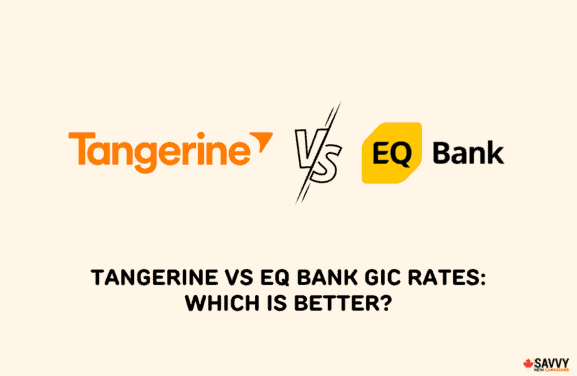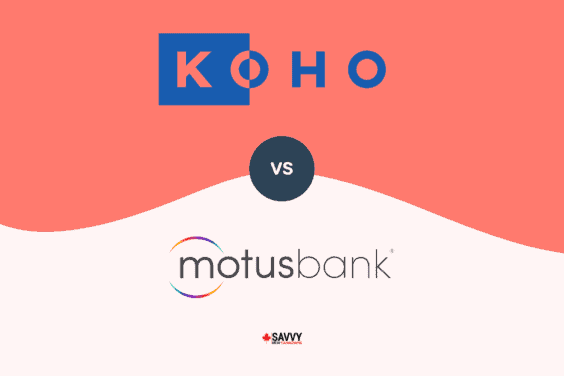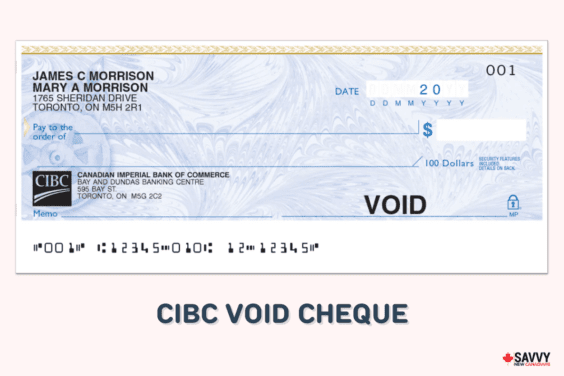When you make a transaction or withdrawal and don’t have sufficient funds in your account, your account goes overdrawn.
This can be expensive, but overdraft protection can make it more affordable.
Here’s what you need to know about overdrafts, overdraft protection, the pros and cons, and more.
Key Takeaways
- Overdrafts prevent transactions from being declined, but they often come with high fees.
- Overdraft protection helps to reduce the cost of going overdrawn.
- There are several options for overdraft protection, including monthly plans and pay-per-use fees.
What Does an Overdraft Mean?
An overdraft is when you make a payment or withdrawal from your bank account, but you don’t have enough in your account to cover it.
In this case, your bank may lend you the money to cover the payment. It will usually charge you a fee for this, which can be quite high. It will also charge interest on the amount you go overdrawn.
Some banks charge between $40 and $50 for overdraft fees, and they can apply multiple fees per day. As such, overdrafts can end up being very expensive.
What is Overdraft Protection?
Because of the potentially high costs of overdrafts, most banks offer some form of overdraft protection up to a maximum limit.
Different banks have different limits. When it comes to how to check your overdraft limit at TD, Scotiabank, or any other Canadian bank, you may be able to find out by signing into online banking, or you can ask your bank.
Overdraft protection is usually an additional product that you pay a fee to use, and it is designed to make the cost of overdrafts more manageable.
Essentially, it allows you to go overdrawn to avoid having transactions declined but prevents you from getting charged expensive non-sufficient-fund (NSF) fees.
How Does Overdraft Protection Work?
There are different forms of overdraft protection.
Some banks may only charge you a fee if you go overdrawn by over $50. They might also have a grace period that gives you time to pay off the overdrawn amount before charging a fee.
Other banks might allow you to link another account or credit card so your bank automatically transfers the money to cover the overdraft. Or it might offer a line of credit that you can use to cover your overdraft.
There are also two types of overdraft protection plans available.
The first involves paying a low monthly fee. You pay this each month no matter how many times you go overdrawn, even if you don’t go overdrawn at all.
The second involves paying a pay-per-use fee each time you go overdrawn instead of paying the standard expensive fees.
What Credit Score Do You Need for Overdraft Protection?
No specific credit score is needed for overdraft protection unless you are using a credit card or line of credit to cover overdrafts.
But having a bad credit score might sometimes impact whether you can get an overdraft. You borrow money when you go overdrawn, and a bad credit score may suggest you are unreliable.
There is no specific score, but anything under 560 is considered a poor rating.
Overdraft Protection for the Big 5 Banks
The big five banks all provide similar levels of overdraft protection. Here’s what you can expect from each:
Scotiabank
Scotiabank provides overdraft protection from $250 up to $5,000.
You can opt for the monthly protection plan for $5 or the pay-per-use plan, which costs $5 every time you go overdrawn (this is not available in Quebec).
Without protection, the NSF fee is $48.
TD
TD has an overdraft limit of up to $5,000 and charges standard overdraft fees of $35 up to a maximum of three per day.
It offers the TD Overdraft Relief service, for which it does not charge fees if you go overdrawn by $50 or less. It gives you a grace period until 11 p.m. ET the next business day to pay it back.
It also provides a monthly plan for $5 and a pay-as-you-go plan that costs $5 each time you go overdrawn.
RBC
RBC provides overdraft protection between $500 and $5,000, while RBC VIP Banking account holders get up to $10,000.
It has a monthly protection plan that costs $5 per month. The interest is waived for RBC VIP Banking and RBC Signature No Limit accounts.
BMO
BMO provides overdraft cover for up to $250 to $2,500. It charges a $15 overdraft fee each time you go over $50 overdrawn, up to a maximum of three fees per day.
With Standard Overdraft Protection, you pay $5 per month, no matter how many times you go overdrawn. There is no fee for Premium Chequing account holders.
Its Occasional Overdraft Protection costs $5 per overdraft transaction.
Or you can use the Overdraft Transfer Service with a $5 fee, where funds are moved from another of your BMO accounts to cover your overdraft.
CIBC
The standard NSF fee at CIBC is $45, and overdraft limits go from $100 to $5,000.
It offers a monthly plan for $5 per month. Or you can choose the pay-per-use plan, which costs $5 per overdraft.
Comparison Table
| Bank | Monthly Plan Fee | Pay-Per-Use Fee | Overdraft Limit |
| Scotiabank | $5 | $5 | $250 – $5,000 |
| TD | $5 | $5 | Up to $5,000 |
| RBC | $5 | – | $500 – $5,000 |
| BMO | $5 | $5 | $250 – $2,500 |
| CIBC | $5 | $5 | $100 – $5,000 |
How Can You Apply for Overdraft Protection?
Applying for overdraft protection is usually simple, and most banks allow you to apply directly online. Sign into online banking, and you should find an option, or you can contact your bank directly.
Overdraft Protection Example
Monthly Fee
Let’s say you have $100 in your bank account and make three purchases over three days of $150, $50, and $100.
You are now $200 overdrawn.
Because you have overdraft protection, you don’t pay the $45 NSF fee. But you do pay the $5 monthly fee.
You will now be charged an overdraft interest of 21% on this amount.
Pay-Per-Use Fee
Let’s use the same example as above, so this time, you are again $200 overdrawn.
However, this time you pay $5 for each of the three times you go overdrawn.
You are now a total of $215 overdrawn and are charged interest on this amount.
Pros and Cons of Overdraft Protection
Pros:
- Avoid the inconvenience and embarrassment of having transactions declined.
- Ensure you have access to funds in an emergency.
- Avoid paying expensive fees.
- Paying a monthly fee can save you a significant amount of money if you regularly go overdrawn.
Cons:
- Overdraft protection still involves paying fees, even if they are smaller than standard overdraft fees.
- If you pay a monthly fee, you will still have to pay even if you do not go overdrawn.
- You may be tempted to pay more than you can afford and get into debt.
- Because you are borrowing money, you will pay overdraft interest on the amount you overdraw at a high rate (about 21%).
FAQs
Having overdraft protection can prevent the inconvenience of declined transactions and reduce the amount you pay in fees, so it can be a good option.
While your bank may allow you to go overdrawn on your account, this could result in large fees without overdraft protection.
This depends on your bank, but there is usually a maximum overdraft limit instead of a number of times you can go overdrawn. You might also have to pay a fee for each overdraft.
Usually, an overdraft will not affect your credit score. However, if you do not pay the money back and your bank is forced to take action, this could have a negative impact.



